This is a short and interesting read, but you can also watch a video of my colleague, Coach Siddharth Bhat, explaining these concepts here or scroll right to the bottom.
Introduction:
Chess has been enjoyed by people of all ages for centuries. It requires strategy, patience, and discipline. Teaching chess to your kids can be a great way to help them develop these important skills. In this article, we’ll explore the first four steps of teaching chess to your kids: the setup, pieces, and basics.
Step 1: Getting Started with the Chessboard
Introduce your children to the chess board as the first step in teaching them how to play the game. The 64 squares on the chess board are arranged in an 8×8 grid. On the chess board, the squares are alternately dark and light in color, meaning that there are 32 dark and 32 light colors. For your children to better understand the game of chess, it is crucial to teach them the proper placement of the chess board.
Note: Sitting properly in front of the board
When set up correctly, the rightmost square along the edge nearest to each player should be a white square.
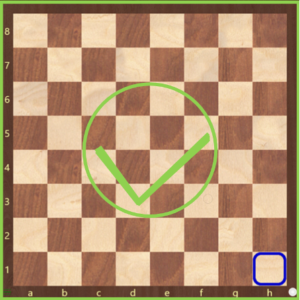
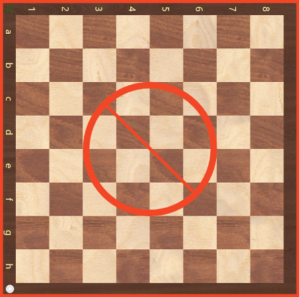
Note: Let’s take a look at how the Chess Board it set up
The two horizontal rows (commonly known as the ranks) nearest to each player are where the players’ pieces are placed. The second row from the player’s point of view, is made up of a row of eight pawns. We’ll get to know about the pieces later on.
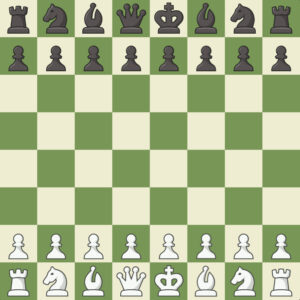
Setting up the pieces (Image source: Chess.com)
Step 2: Ranks, Files, and Diagonals
The moment has arrived to introduce your children to the ranks, files, and diagonals after they are comfortable with the chess board.
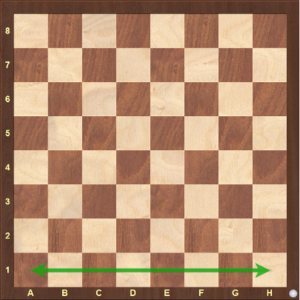 Ranks are the rows of squares
Ranks are the rows of squares
- Ranks are numerically referred to rows that span the entire chessboard from side to side. Eight ranks, which are numbered from the bottom of the board (where the white pieces start) up, make up each chessboard. So, the either ranks are- 1st rank, 2nd rank, 3rd rank, 4th rank, 5th rank, 6th rank, 7th rank and 8th
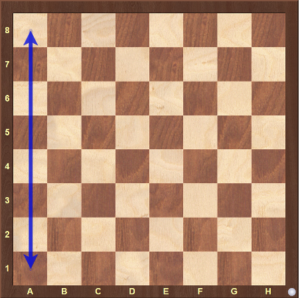 Files are the columns of squares
Files are the columns of squares
- There are eight files on each chessboard, which are vertical columns that go up and down the board. Letters denote files, which are labeled from left to right, while numbers denote rankings. So, the eight files are a-file, b-file, c-file, d-file, e-file, f-file, g-file and h-file.
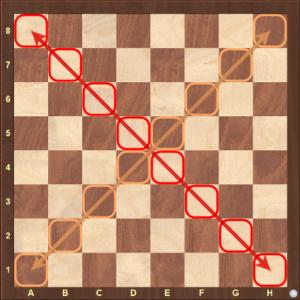 Diagonals are the long and straight lines that goes in a slanting line
Diagonals are the long and straight lines that goes in a slanting line
- There are 26 diagonals on a chess board and they are usually named by using their end squares, i.e. the diagonal that goes through the dark-squares would be called a1-h8 diagonal. Likewise, the other one that goes through the light-squares is h1-a8 diagonal.
Your children must comprehend the various chessboard square kinds in in order to understand how the pieces move around the board.
Step 3: Naming Squares
Teach your children how to name the squares on the chess board as the next stage in educating them the game. The names of the squares on the chess board are composed of a mix of letters and numbers. The numbers stand in for the ranks, while the letters stand for the files. For instance, the square in the top left corner of the chessboard is referred to as “a8” and the square in the bottom right as “h1”.
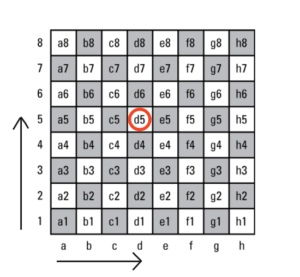 The red square is d5, as it is on the d-file and the 5th rank
The red square is d5, as it is on the d-file and the 5th rank
Step 4: Total number of pieces, their names, symbols, and values
It’s time to introduce the pieces to your kids once they are comfortable with the chess board and its squares. A game of chess uses 32 pieces in total, 16 for each player. The pieces are:
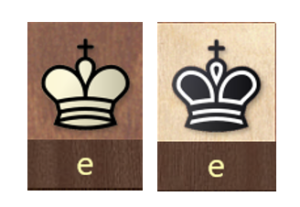
King
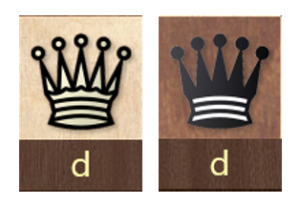
Queen
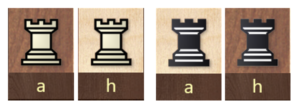
2 Rooks each
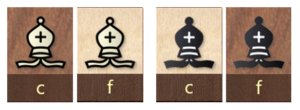
2 Bishops each
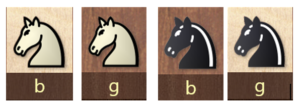
2 Knights each

8 Pawns for White, set up on the 2nd rank

8 Pawns for Black as well, set up on the 7th rank
To help your children grasp how each piece moves and how it influences the game, it’s crucial to teach them the names, symbols, and values of each piece.
Symbols & Values:
King – K ∞ Value*
Queen – Q 9 Points
Rook – R 5 Points
Bishop – B 3 Points
Knight – N** 3 Points
Pawn – No symbols*** 1 Point
* Note that the King doesn’t have a definable value as it can’t be traded or exchanged. It’s the most important piece in Chess. Value of the other pieces are useful to get an understanding of the possible exchange profits/deficits. For example, in case you have traded a Queen for a Rook and 2 Pawns, it’s obviously beneficial for you.
** Even though the Knight Starts with a “K”, the symbol of a Knight is “N”, for 2 reasons- (i) The “K” is already used for the King and (ii) Knight’s “K” is silent.
*** A Pawn doesn’t have any symbols; it is usually named depending on which file it is on. For example, if a Pawn is on the a-file, it’d be called a-pawn.
Conclusion: Your kids’ chess journey will have a strong foundation built on these initial four phases. Mastering these fundamental principles might aid their understanding of more complex concepts. More information regarding the pieces, their movements, and the game’s goal will be covered in our forthcoming article.
Finally, here is a video of these concepts by our very own coach Siddharth! Have fun!
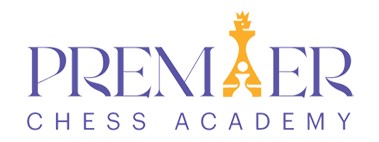
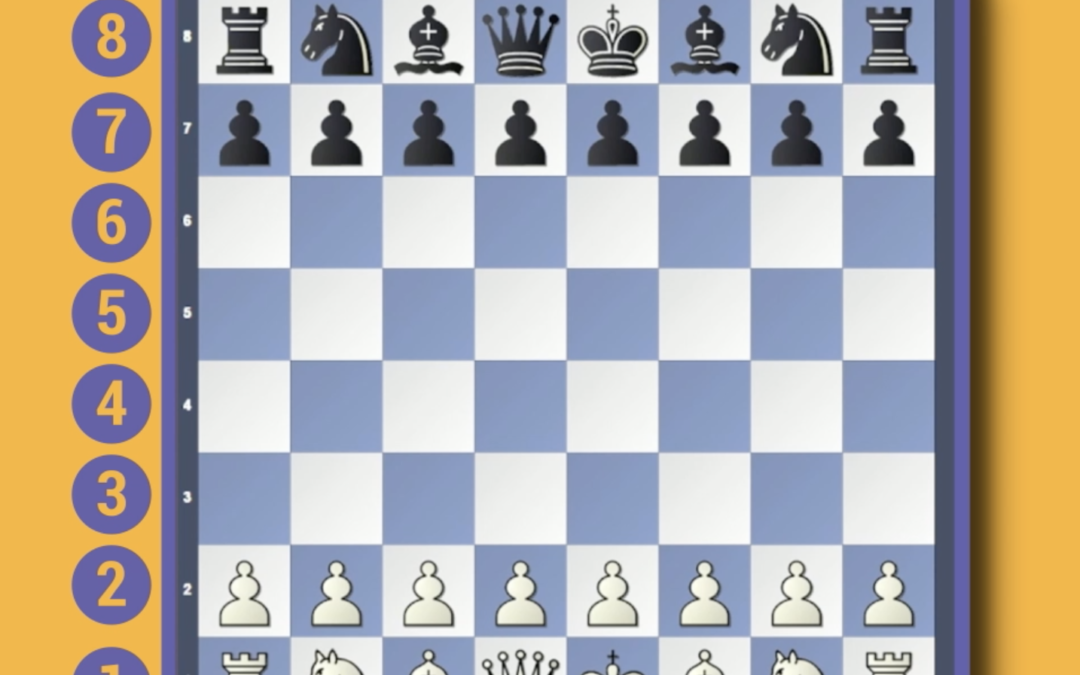
Recent Comments